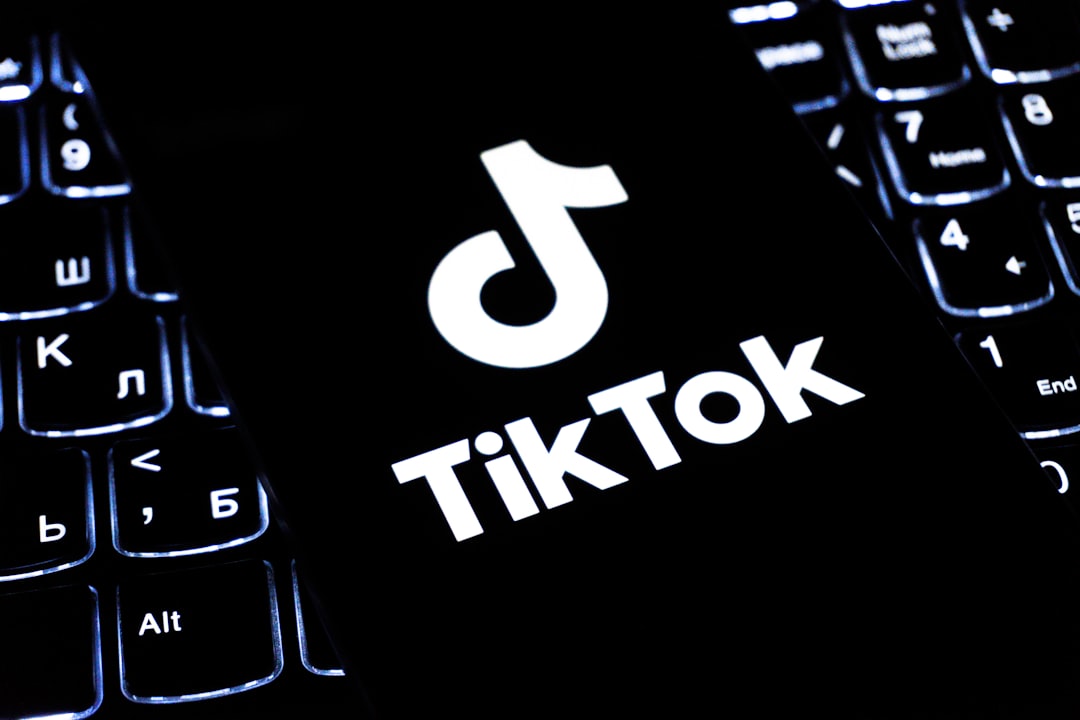
Migrating a TikTok account can be a nerve-wracking experience, especially when it’s tied to content creation, sponsorships, or a large following. One unfortunate surprise that can occur during or after a migration is losing the coveted blue verification badge. This article explores what happened when one account lost verification after a platform transition, and more importantly, how it was able to reclaim that verification through a series of targeted re-submission steps.
TLDR (Too Long, Didn’t Read)
After migrating a TikTok account—either from one device to another or as part of a business restructure—the account unexpectedly lost its verification badge. This can happen due to TikTok’s automated systems interpreting the changes as suspicious or possibly malicious. Fortunately, TikTok allows reapplication for verification. By carefully meeting the criteria and following the appropriate steps, the account successfully regained its verified status within two weeks.
Why Verification Was Lost After Migration
When an account transitions from one platform or ownership setting to another, TikTok’s internal security and authenticity algorithms spring into action. The system might interpret various changes as indicators of suspicious activity such as:
- Device changes and unfamiliar IP locations
- Changes to account information (email, phone, username)
- Shift in content type or posting frequency
In this particular case, the account migrated as part of a business acquisition. The branding was updated, the email changed to a company domain, and the posting pattern became markedly different. Within 48 hours, the blue check was gone.
TikTok doesn’t always notify users why verification is removed, but several common triggers include:
- Perceived impersonation or identity change
- Shifts that violate TikTok’s Community Guidelines
- Loss of public interest or engagement metrics falling below threshold
Verification is granted to authentic, notable accounts that maintain consistency. Any disruptions, even administrative ones, can flag the system.
Initial Response and Attempted Fixes
Losing the checkmark quickly affected traction, brand relationships, and viewer trust. Immediate first steps included:
- Reviewing the TikTok Verification Terms: The owner revisited TikTok’s latest guidelines to make sure all new changes were compliant.
- Restoring Brand Consistency: They updated the bio, website link, and username to match public-facing channels across Instagram, YouTube, and Twitter.
- Contacting TikTok Support: Via the in-app help section and through support channels associated with TikTok for Business partners.
These steps helped restore legitimacy in the eyes of both TikTok and its users, laying the groundwork for a new verification submission.
The Verification Re-Submission Process
After the initial audit and cleanup, the account proceeded with reapplying for verification. This is how the process went.
- Profile Audit: Ensured that the username, display name, and profile picture matched branding on other platforms.
- Media Presence: The team compiled recent press features, interview links, and verified profiles on other networks to show notability.
- Increased Engagement: Over a 10-day period, the team boosted interaction through live streams, trending collaborations, and boosted posts.
Once the account met all perceived criteria, they restarted the verification request:
- Go to Profile > Settings & Privacy > Manage Account > Verification
- Select the appropriate category (e.g., Influencer, Brand, Public Figure)
- Upload identification documents and provide relevant press or social media profiles

Waiting Period: TikTok typically responds within 7–15 business days, although some have reported hearing back sooner. In this case, verification was granted on Day 9, after a notification popped up confirming the review was successful.
Key Lessons Learned During the Process
- Be Proactive When Migrating: Always document your migration, changes to emails or branding, and notify TikTok via their business support channels if possible.
- Avoid Major Changes All At Once: Sudden shifts in posting frequency, content themes, or user engagement can raise algorithmic red flags.
- Consistency Matters: Align bios, visuals, and content style with your other verified accounts.
- Maintain Public Notability: If you aren’t featured in credible publications or news sources, you may struggle to regain verification until notability is re-established.

Verification isn’t just a vanity metric; it affects everything from FYP reach to collaboration opportunities. Treat your TikTok presence as a brand and be as meticulous as you would with any other platform.
Frequently Asked Questions (FAQ)
- Q: Why did my TikTok account lose verification after I changed my email and phone number?
- TikTok may interpret these changes as a transfer of ownership or potential security threat, triggering automatic removal of the verification badge.
- Q: Can I apply for verification again after losing it due to migration?
- Yes, but you must meet TikTok’s current requirements for authenticity, notability, and account security. The process takes 7–15 business days.
- Q: Do I need to be famous or have a million followers to be verified?
- No, while having a large audience helps, being known through credible media outlets, public appearances, or having a substantial impact in your category also qualifies you.
- Q: What kinds of press or media mentions count toward verification?
- Articles in major publications, TV features, interviews, and professional awards are all valid. TikTok looks for third-party credibility to support your notability claim.
- Q: Will migrating devices alone cause verification loss?
- Typically not. However, if it’s accompanied by other major changes (e.g., geo-location, email, branding), the system may flag it for review.
Conclusion
Verification loss after a TikTok migration can feel like a major setback, but it’s one that can be recovered from with strategy and patience. The key lesson? Treat your account like a brand—secure it, keep it consistent, and always tie it to verified online assets elsewhere. With a focused approach and a little perseverance, the blue badge can return, along with the credibility and opportunities it brings.





